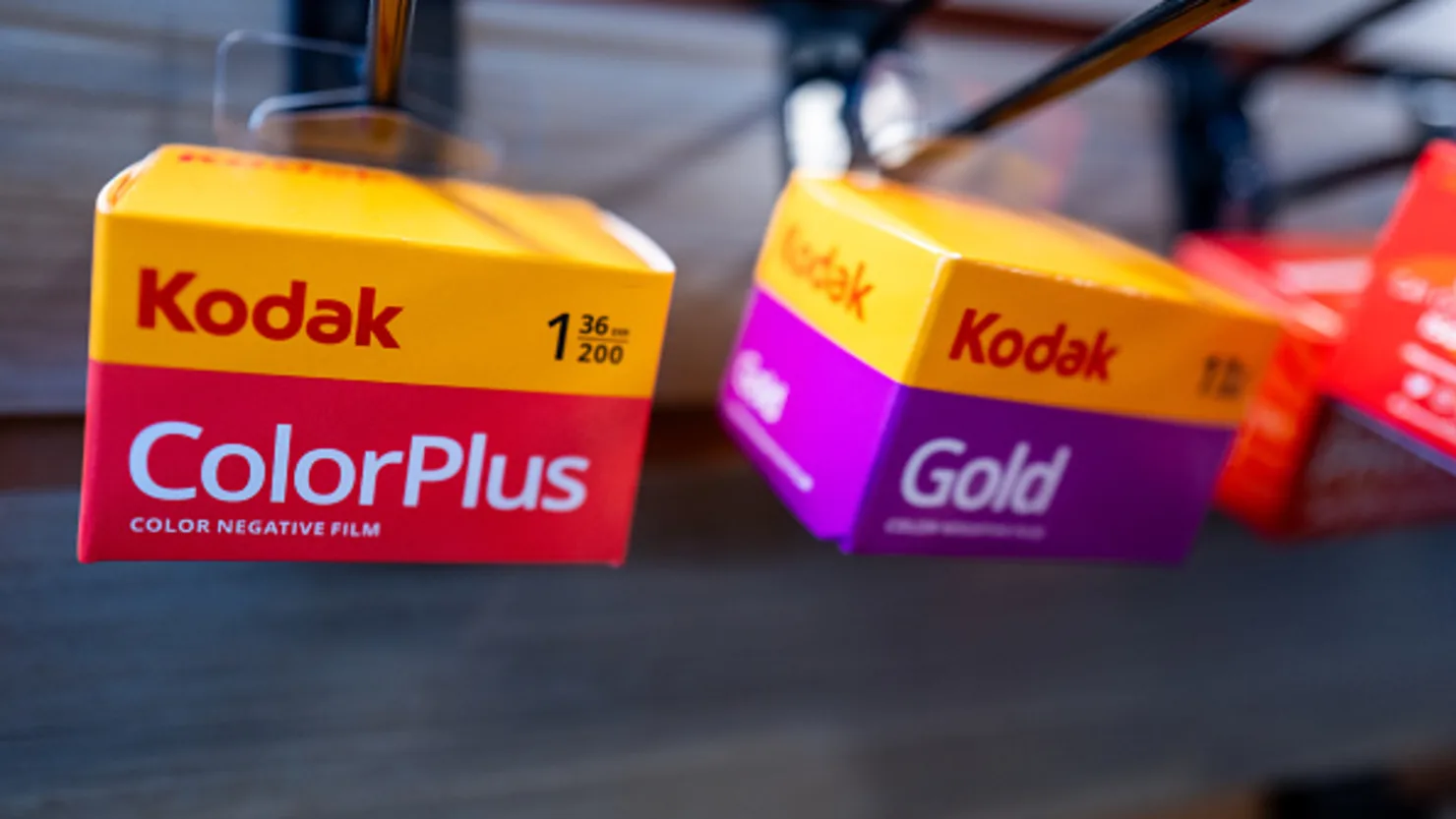Clair Sapilewski, a 21-year-old photography major at American University, keeps dozens of rolls of camera film in her cupboard at all times. For her, film photography offers something digital can’t match.
“It teaches you to slow down, look more carefully, and choose shots wisely,” she said. Among her peers, Eastman Kodak remains the go-to brand for film.
But despite this popularity, Kodak’s latest earnings report raised concerns about its ability to continue operating as a going concern. The company posted a $26 million net loss in the second quarter of 2025, compared with a $26 million profit a year earlier. Gross profit fell 12%, and the company faces significant debt obligations without committed financing to cover them within the next 12 months. Shares are down more than 15% this year.
Kodak plans to terminate its pension plan, using settlement funds to pay down debt. The company expressed confidence it could refinance or amend remaining obligations before they come due.
Founded in the late 1800s, Kodak built its reputation by making photography accessible to the masses. However, the shift to digital technology in the 2000s eroded its dominance, leading to bankruptcy in 2012. The restructured company emerged in 2013 with four divisions: print, advanced materials and chemicals, motion picture, and consumer products.
In recent years, a revival of interest in film — especially among younger generations — has driven renewed demand. By 2020, Kodak was producing more than twice the number of film rolls compared with 2015. In 2024, the company’s CEO highlighted the need to expand its Rochester factory to keep pace with sales of still and motion picture film.
Analysts say Gen Z is driving this resurgence as part of a broader cultural shift toward “analog wellness” and a rejection of the hyper-polished look of digital imagery. Alex Cooke, editor-in-chief of Fstoppers, describes it as “nostalgia without lived experience,” where younger photographers romanticize the slower, less curated style of film.
The tactile experience also plays into digital minimalism trends, said Hillary Grigonis, U.S. editor for Digital Camera World. For many, the delay between shooting and seeing results adds emotional value.
Madison Stefanis, founder of 35mm Co, said film gives her generation something tangible to hold onto. “So many memories now live in our phones,” she said. “Having a physical keepsake feels special — and that’s what film gives us.”
READ MORE:
